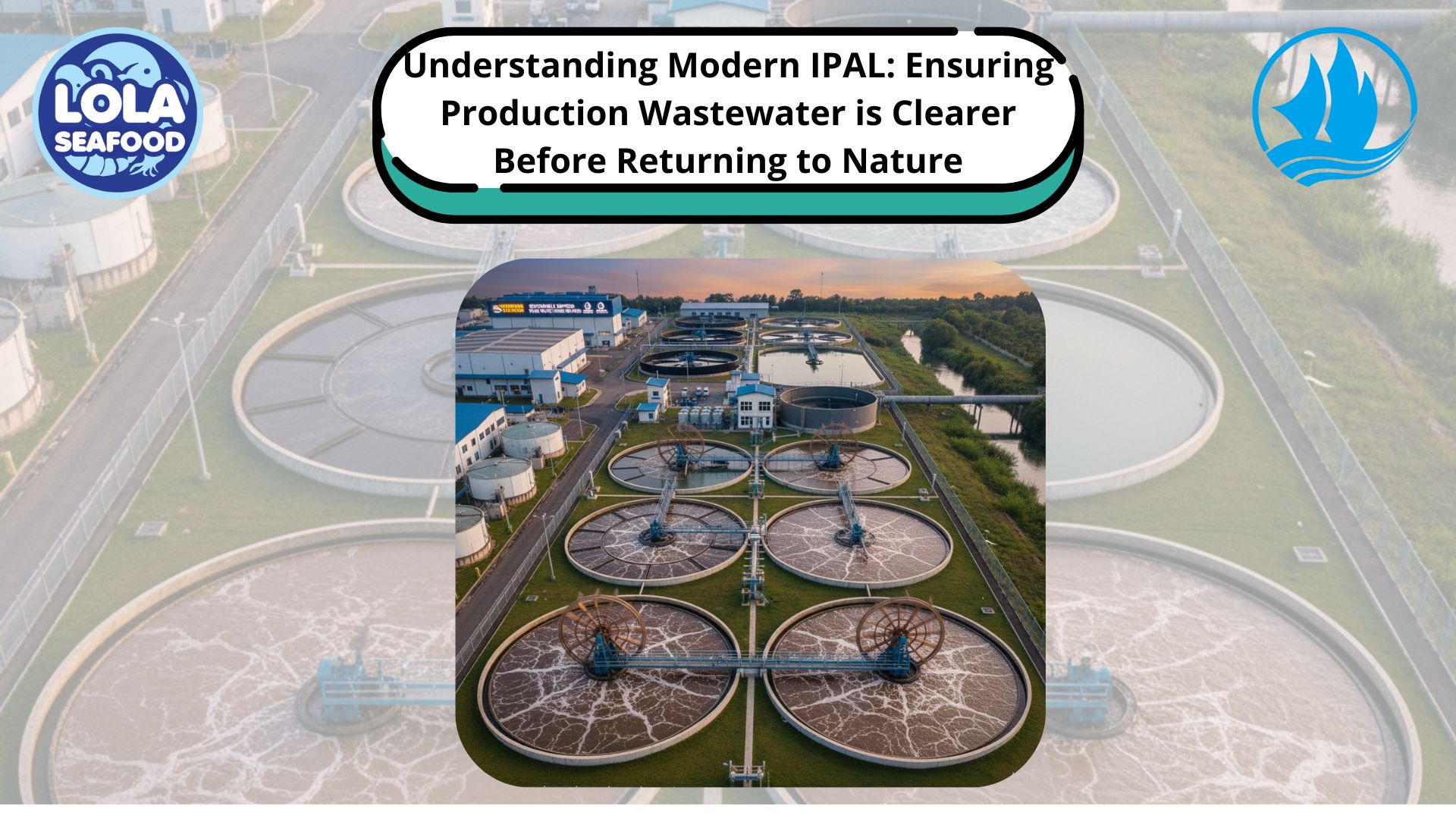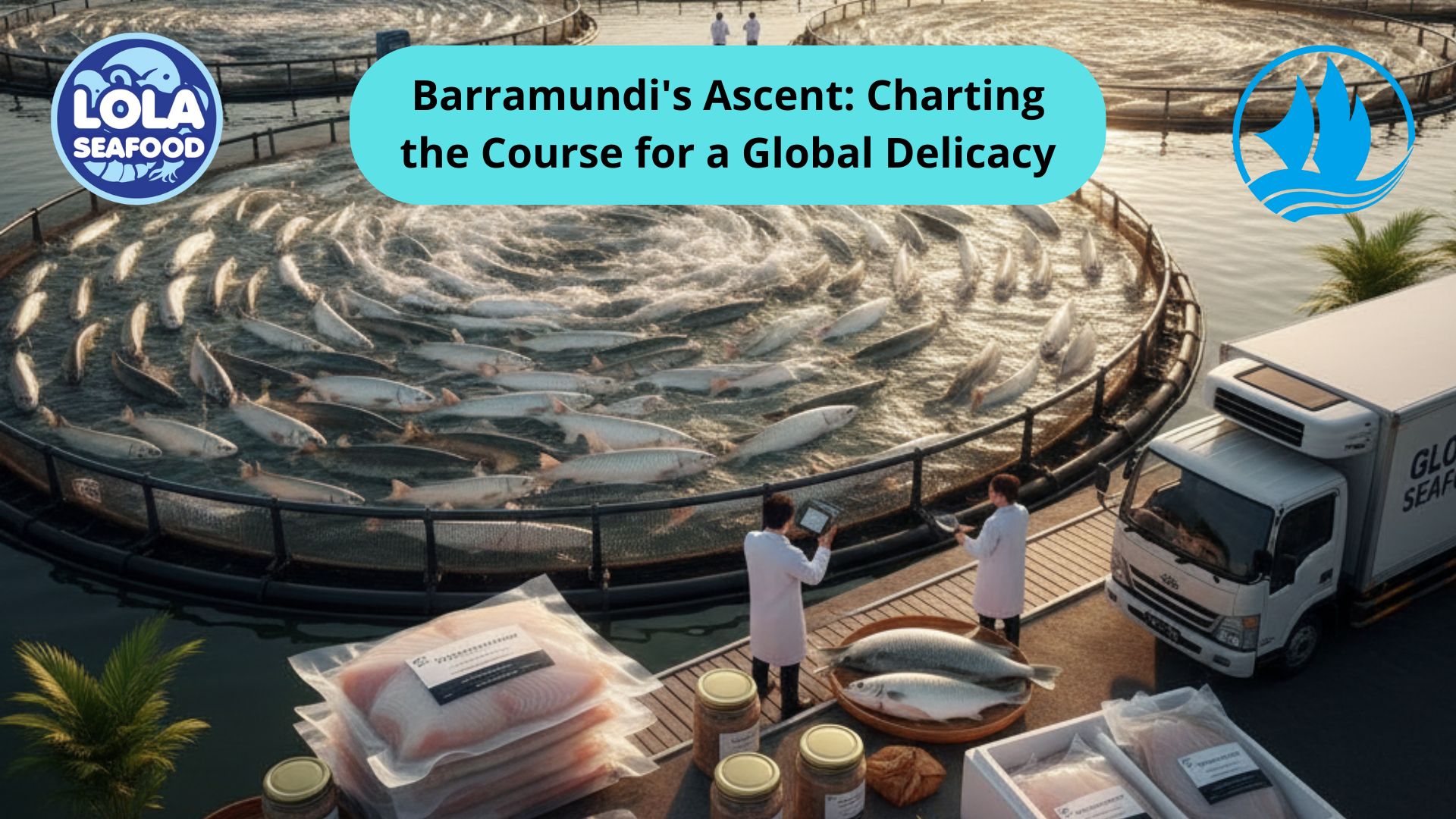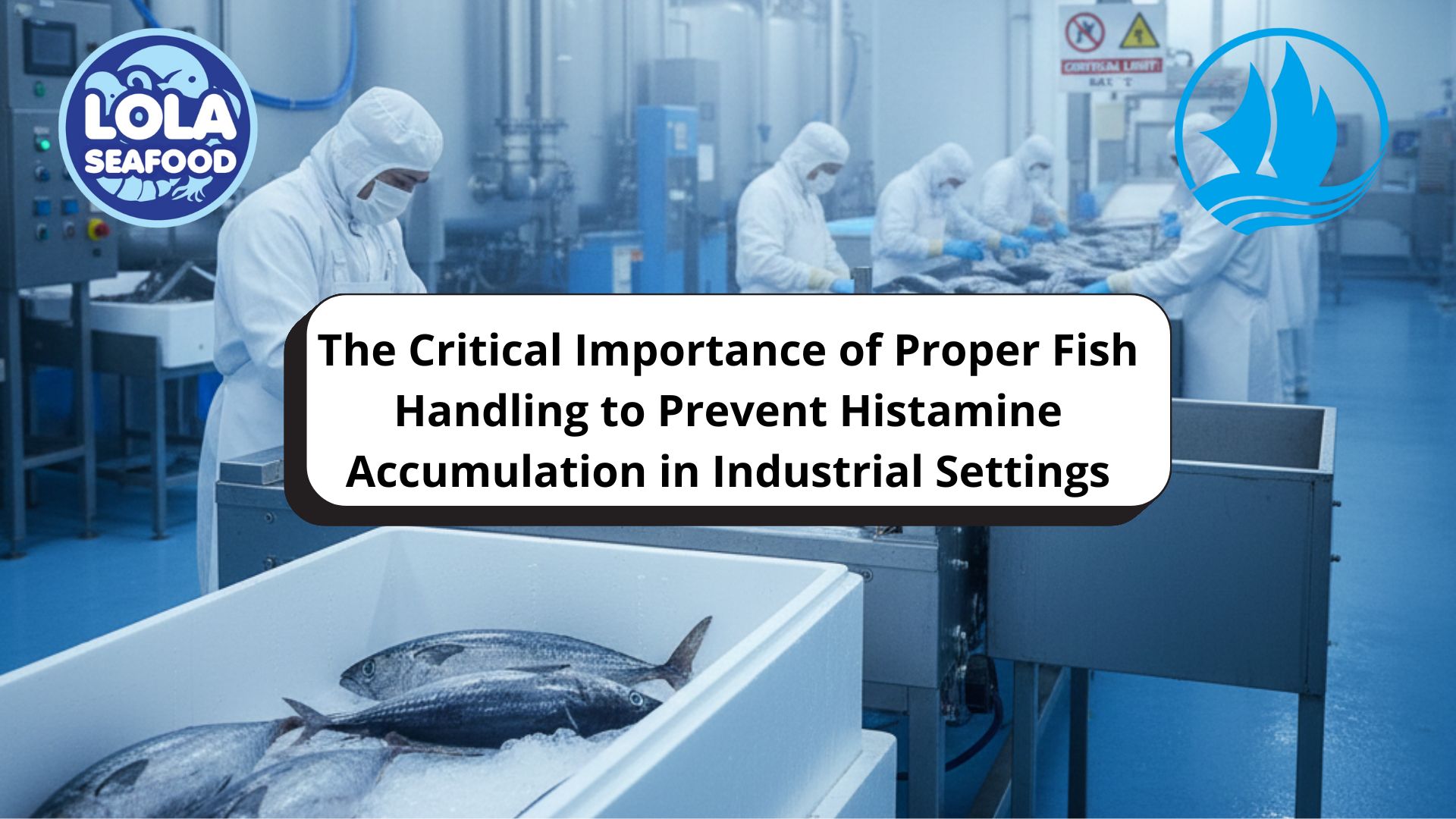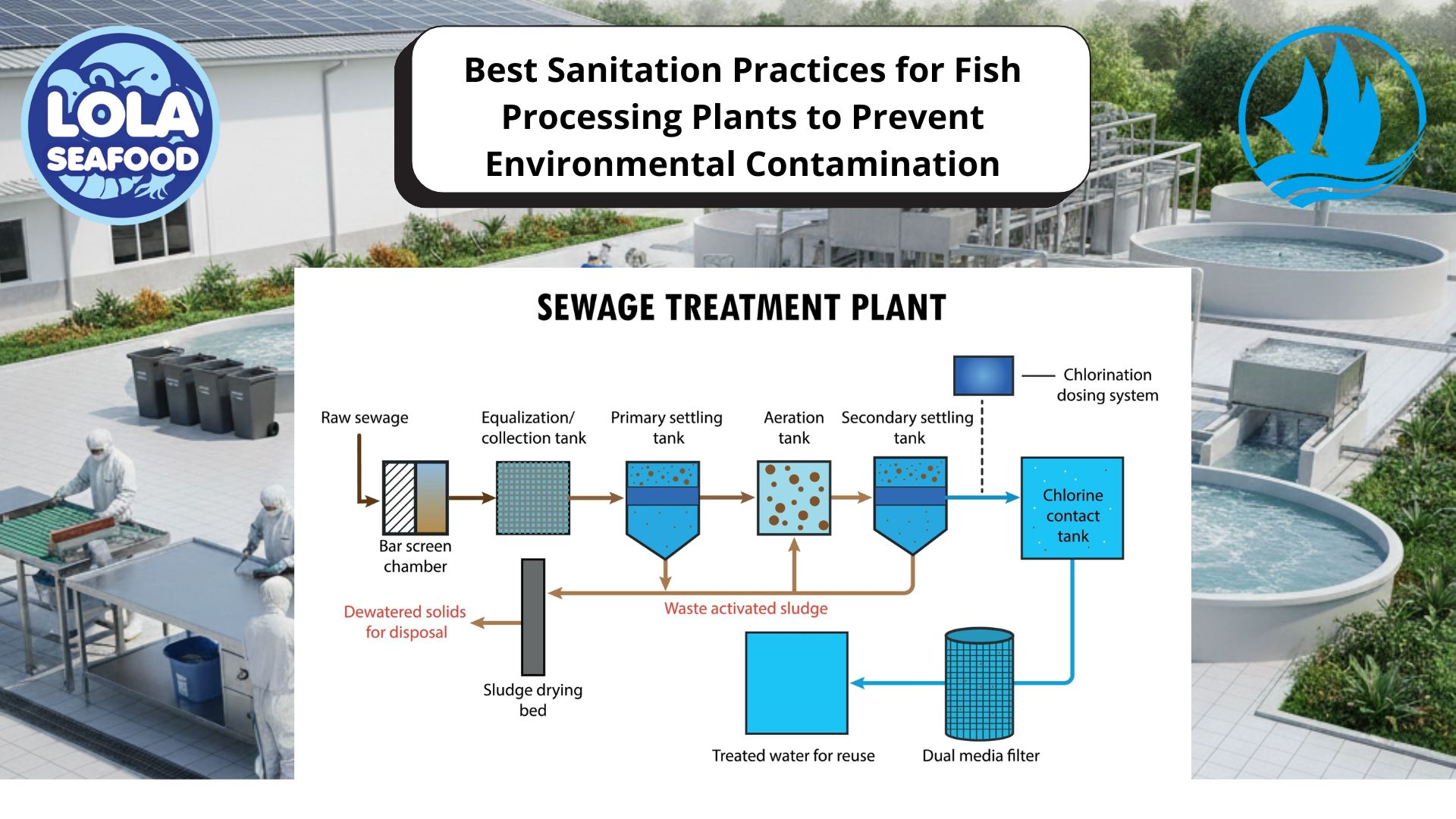Escherichia coli in Seafood: Risks, Prevention, and Control
By. Ely Kusniawati - 17 Sep 2025.jpg)
Kelolalaut.com Seafood is celebrated worldwide for its nutritional value and rich flavors, but like all perishable foods, it can harbor harmful microorganisms if not handled properly. One of the most concerning bacteria in seafood safety is Escherichia coli (E. coli). While most strains of E. coli are harmless and naturally present in the intestinal tracts of humans and animals, certain pathogenic strains can cause severe foodborne illnesses. Understanding the presence of E. coli in seafood, its potential risks, and the measures needed to control it is crucial for ensuring safe, high-quality products.
Understanding E. coli and Its Sources
E. coli is a Gram-negative bacterium that typically lives in the intestines of warm-blooded animals. In seafood, contamination usually occurs through exposure to fecal matter, either in the water where fish and shellfish are harvested or during handling and processing. This is why E. coli is widely used as an indicator of fecal contamination in food and water testing.
Shellfish, such as mussels, clams, and oysters, are particularly vulnerable because they are filter feeders and can accumulate bacteria directly from contaminated water. Similarly, fish and crustaceans can become contaminated if harvested from polluted areas, processed with dirty water, or handled under poor hygienic conditions.
Health Risks Associated with E. coli
While many E. coli strains are harmless, pathogenic strains—especially E. coli O157:H7—pose significant health threats. These bacteria can cause symptoms ranging from mild diarrhea to severe hemorrhagic colitis, abdominal cramps, and even hemolytic uremic syndrome (HUS), a potentially life-threatening condition that can lead to kidney failure.
Seafood contaminated with E. coli is especially risky for vulnerable populations, including young children, pregnant women, the elderly, and immunocompromised individuals. For these groups, even a small number of bacteria can lead to serious illness.
Detecting E. coli in Seafood
Routine microbiological testing is the primary method for detecting E. coli contamination in seafood. Common tests include the most probable number (MPN) method and rapid molecular techniques such as PCR (polymerase chain reaction). Testing helps ensure that seafood meets microbiological criteria set by regulatory bodies, such as the Codex Alimentarius and local food safety authorities.
Monitoring is not limited to the final product—water quality in aquaculture farms, fishing areas, and processing plants must also be tested regularly. This proactive approach helps prevent contaminated seafood from reaching consumers.
Preventing E. coli Contamination
Effective prevention strategies require collaboration across the entire seafood supply chain. Key measures include:
- Harvesting from Clean Waters – Fisheries and aquaculture farms must be located in areas that meet strict water quality standards. Governments often conduct routine monitoring of coastal waters to detect fecal contamination.
- Maintaining Good Hygiene Practices – Workers must follow strict personal hygiene protocols, including proper handwashing and the use of clean equipment. Cross-contamination from other raw materials or dirty surfaces must be avoided.
- Using Potable Water – All water used for washing, processing, and icing seafood must meet drinking water standards to eliminate contamination risks.
- Proper Storage and Cold Chain Management – Keeping seafood at the correct temperature slows bacterial growth. Immediate refrigeration or freezing after harvest is essential.
- Consumer Education – Consumers should be informed about proper cooking practices, as thorough cooking can destroy E. coli and other harmful bacteria.
The Role of Regulations and SSOP
Sanitation Standard Operating Procedures (SSOP) and Hazard Analysis Critical Control Point (HACCP) systems are key tools for preventing E. coli contamination. These systems require producers to identify critical points where contamination could occur, establish controls, and document monitoring activities. Compliance not only protects consumers but also strengthens brand reputation and ensures access to international markets.
Escherichia coli remains a significant microbiological concern in the seafood industry, serving as both an indicator of contamination and a direct health risk when pathogenic strains are present. Preventing contamination requires a comprehensive approach that includes clean harvesting waters, good hygiene practices, regular water and product testing, and strict adherence to SSOP and HACCP principles. By implementing these measures, seafood producers can protect public health, maintain product quality, and build consumer trust in the safety of their products.
If youre interested in our Cobia Whole Round / Whole Gilled Gutted , Cobia Fillet Skinless and Cobia Fillet Skin On please do not hesitate to contact us through email and/or Whatsapp
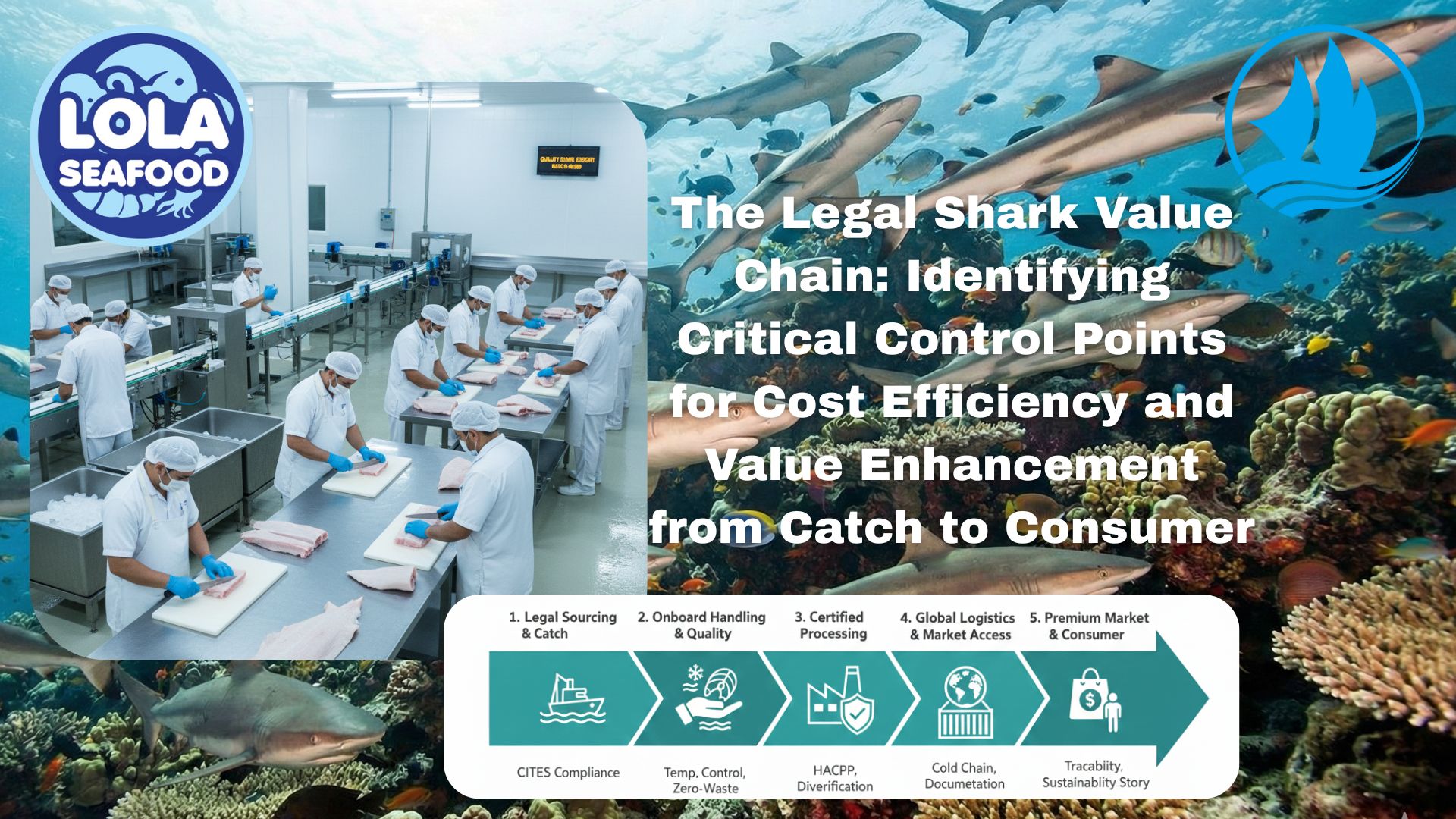
The Legal Shark Value Chain: Identifying Critical Control Points for Cost Efficiency and Value Enhancement from Catch to Consumer
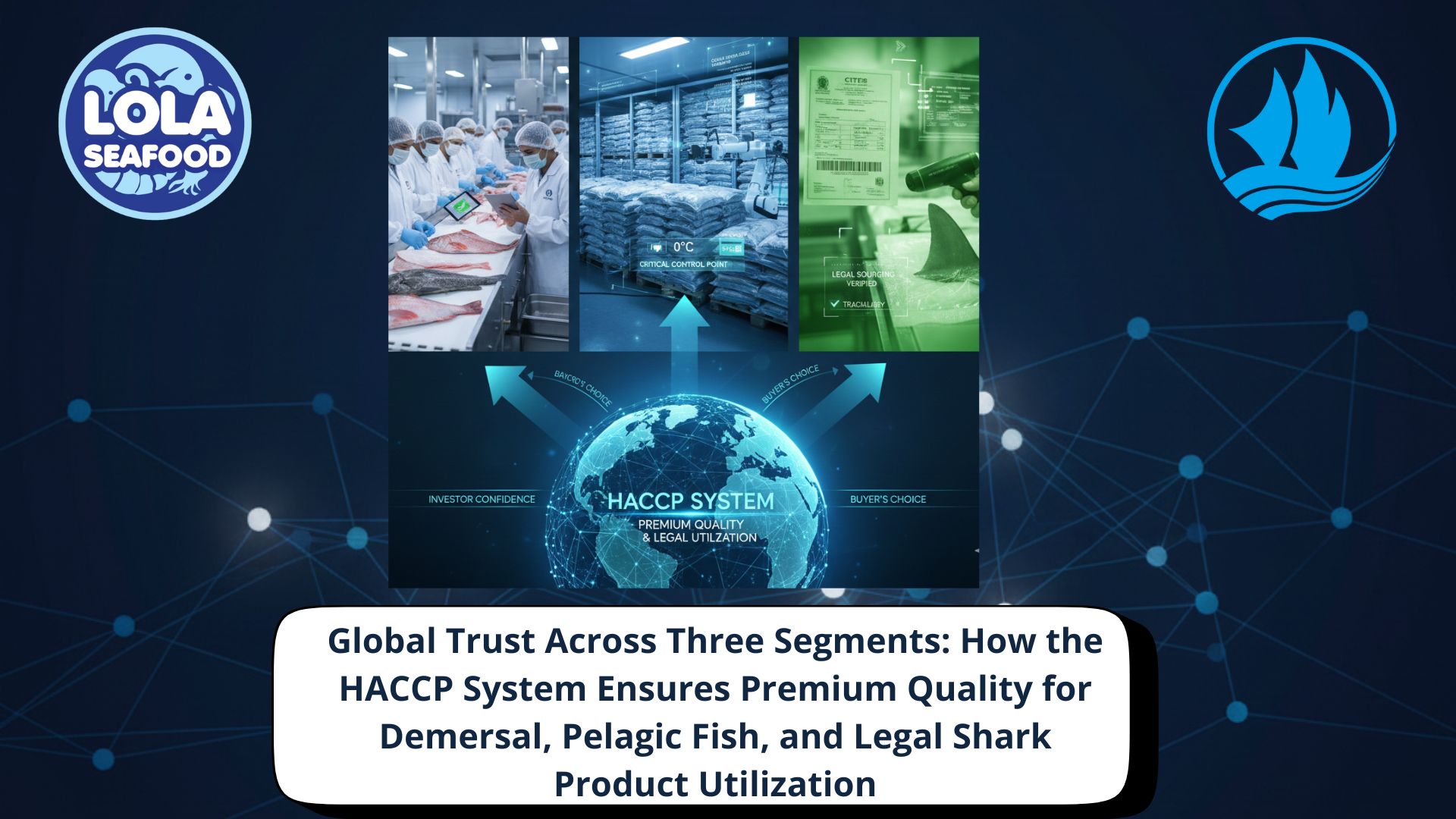
Global Trust Across Three Segments: How the HACCP System Ensures Premium Quality for Demersal, Pelagic Fish, and Legal Shark Product Utilization
.jpg)
Green Investment, Profitable Harvest: How Sustainability Practices Reduce Operating Costs in Fish Fillet Processing Plants (Skin-On and Skin-Less)
 in Meeting Global Protein Demand Sustainably.jpg)
